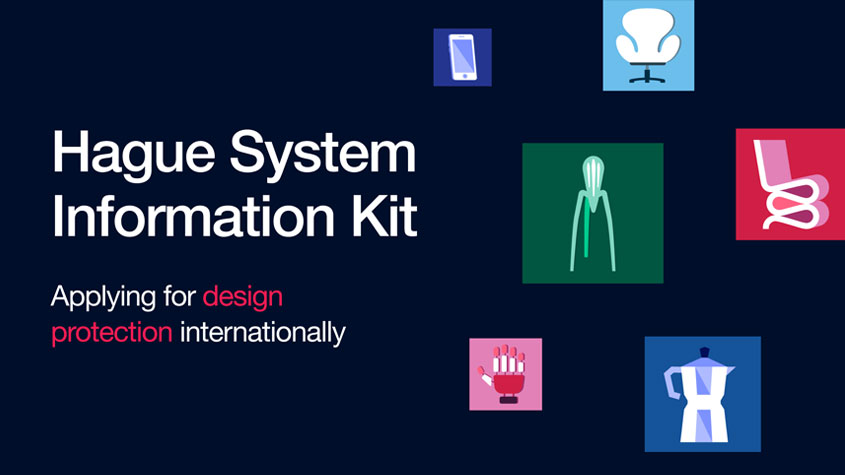Hague System – Filing Applications
The simplest way to file your international design applications is using eHague – our secure, intuitive and real-time online platform.
Your application can include up to 100 designs (within the same class of the Locarno Classification). You must include a reproduction of each design, and designate the Contracting Parties where you seek protection. You can file your application in English, French or Spanish – the official languages of the Hague System. All applications are subject to the payment of three types of fees.
Tip! Use the Hague System fee calculator to quickly estimate your application or renewal fees.

Explore our digital Information Kit to get quick, concise and interactive information on applying for design protection internationally.





